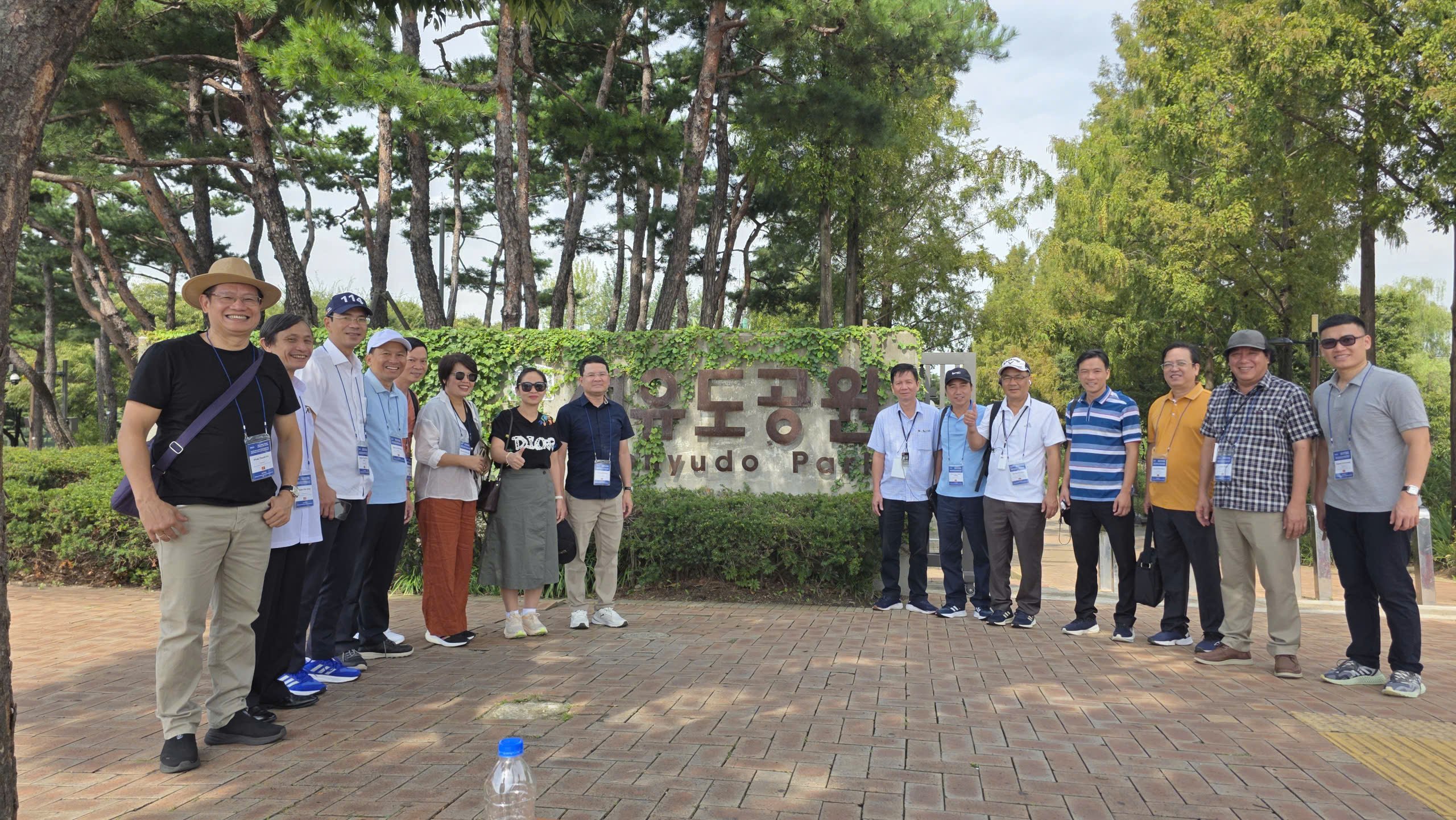 |
Hue city delegation visited Seonyoudo Island |
Seonyudo - from water mill to green park
Seonyudo was not originally an isolated island but a sandbar rising in the middle of the Han River, once called Seonyubong – “Fairy Wind”, meaning the mountain where fairies visit. Through historical events, especially after the flood of 1925 and the process of earth and stone mining, the landscape here changed. In 1978, the Seonyu Water Treatment Plant was built, serving millions of Seoulites for more than two decades.
When the new water filtration facility was replaced, the old factory quietly fell into oblivion. But instead of letting the ruins remain, the Seoul government made a bold decision: Renovate the entire area into Korea’s first recycled ecological park. Retaining the concrete structures, water tanks, viaducts… and turning them into architectural “materials”, Seonyudo Park became a “water park” – a space where nature and industry, past and present intersect.
Today, on an area of over 110,000 m², Seonyudo Park is the green lung in the heart of the city, with an aquatic botanical garden, a green grass garden, a time garden... attracting millions of tourists every year. This green island is not only a place for rest and entertainment, but also a living testament to the philosophy of regenerative and sustainable development.
Da Vien Islet - a pearl on the Perfume River
Looking at Hue, we also have an island with a similar area and location: Da Vien islet. Located right on the Perfume River, opposite the Citadel in the west and considered an important feng shui element of the Hue capital during the Nguyen Dynasty (the "right White Tiger" element). Da Vien has long been considered one of the most important scenic spots of the land of the Gods. In 1868, King Tu Duc built a royal garden here named Du Da Vien in the style of "Countryside Village", for relaxation, rest and also to be close to nature and the lives of people outside the citadel. The name Da Vien islet also comes from the name of this royal garden.
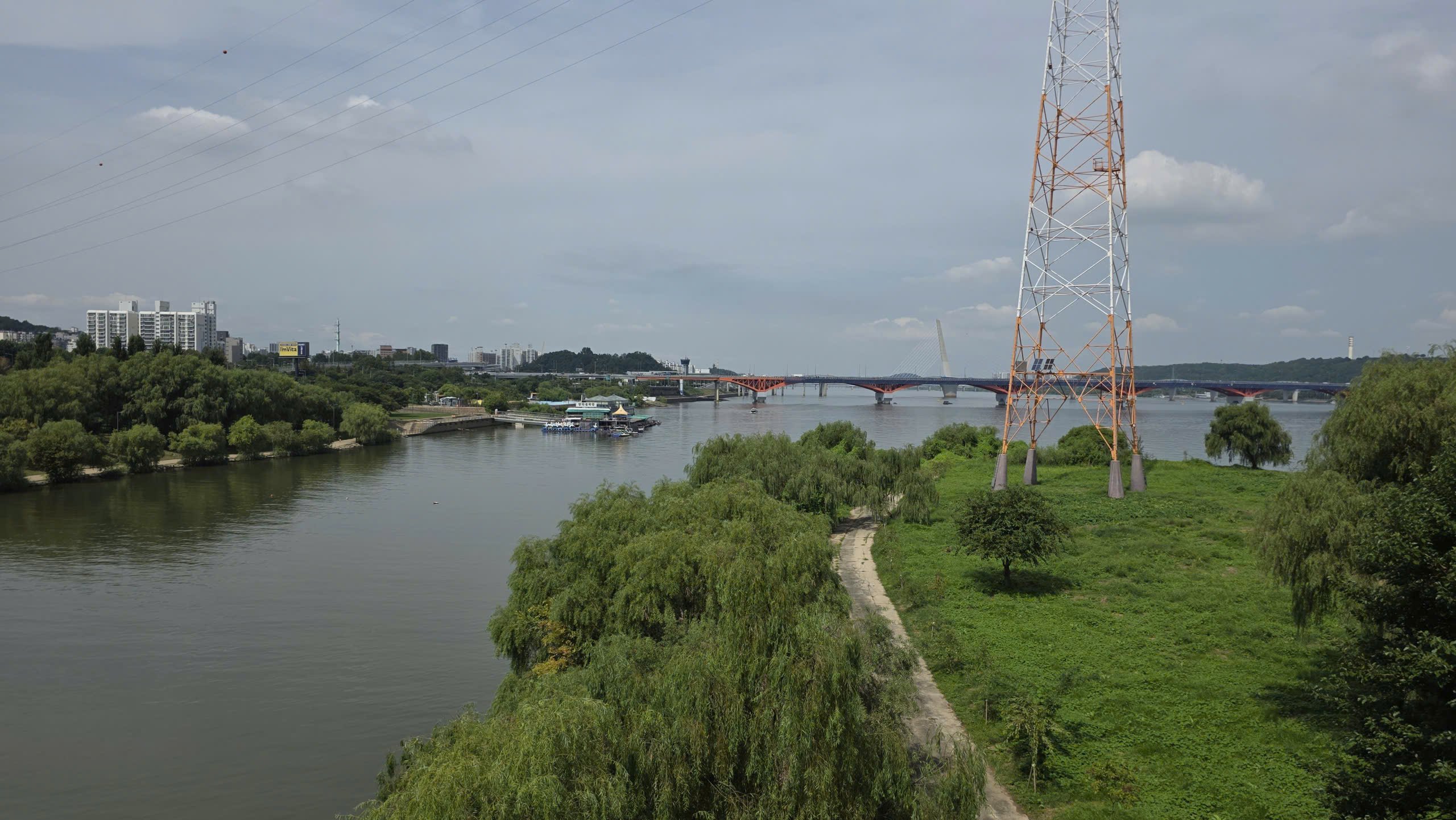 |
The upstream part of the green island with a system of walking paths along the riverbank |
Entering the modern era, from the 1950s, Da Vien became the location of Da Vien water plant, with works such as water towers, tanks, filtration systems, etc. This is a valuable vestige of industrial heritage - an important stage of urban development of Hue. After moving the water plant upstream, Da Vien was gradually forgotten, the landscape has not been exploited to its full potential, while its cultural, historical and ecological potential is still very large.
Lessons from Seonyudo for Wild Garden
From Seonyudo’s story, Hue can completely envision a bright future for Da Vien islet. With an area of over 105,000 m², Da Vien has all the conditions to become:
A green park – where trees, water and open space combine harmoniously, contributing to enhancing the ability to regulate Hue's urban climate.
An open-air museum – preserving and restoring industrial vestiges such as the Da Vien water tower, filtration tanks, and reservoirs, to tell the story of an urbanization period in the early 20th century.
A heritage garden - restoring and embellishing the Du Da Vien landscape during the reign of King Tu Duc, connecting with the other royal garden system of the Nguyen Dynasty inside the Citadel that is being gradually researched for restoration, and the whole system of garden houses along the two banks of the Perfume River.
A digital data center – the brain of a smart city that Hue is working with KOICA to build.
A community cultural space – a place to organize art activities, exhibitions, environmental education and eco-tourism experiences.
In particular, the experience of Seonyudo's reincarnation also suggests two extremely important lessons for Hue:
First, the friendly approach from the road bridge across to the island: At Seonyudo, the Seoul government has cleverly designed a pedestrian and bicycle path connecting the large Yanghwa Bridge to the island, creating easy, safe and community-friendly access. This is an important factor that makes the park an attractive public space, always crowded with visitors.
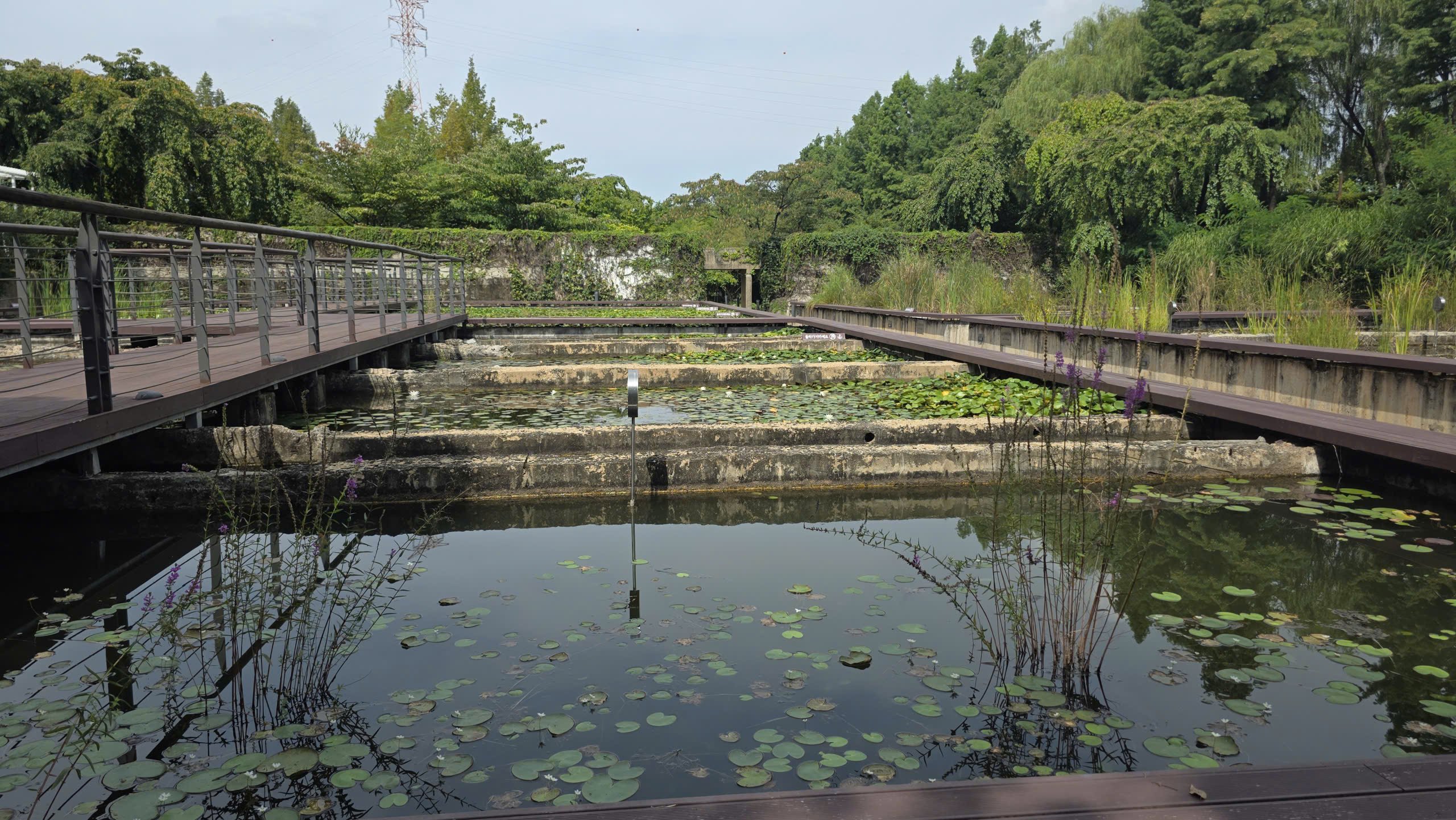 |
The entire settling tank and filter system of the old water plant was converted into an aquarium system. |
Second, building a road bridge connecting to the north bank of the Han River: The Seonyouyo pedestrian bridge (built in 2002), gracefully curved like a rainbow connecting Seonyudo to the north bank of the Han River connecting to Mapo district, not only increases traffic connectivity but also becomes a unique landscape highlight. The harmonious combination of function and aesthetics is a valuable lesson for Hue to study and build a similar bridge connecting Da Vien islet with the south bank of the Perfume River, opening up an effective and symbolic approach.
If Seonyudo has become the “miracle of rebirth” of Seoul, then Da Vien can absolutely be a new symbol for Hue in the era of green, smart and sustainable development. This is not only a landscape improvement project, but also a cultural – ecological – economic strategy, both preserving heritage, serving community life and promoting tourism.
More importantly, Da Vien and then Hen Islet in the east will contribute to realizing the vision of Hue – a centrally-governed city from 2025 – becoming a city of heritage, culture, ecology, landscape and intelligence, in line with the spirit of Resolution 54 of the Politburo.
Looking back, from the Han River in Seoul to the Perfume River in Hue, there are “oases” that have witnessed historical changes and now become a source of inspiration for building the future. The green island of Seonyudo gives us a shining example of intelligent and humane revival. And Hue, with Da Vien sandbank, can completely write its own story – a story associated with the poetic Perfume River, with a long-standing cultural tradition, and with the aspiration to build a green – sustainable – livable city for future generations./.
Source: https://huengaynay.vn/kinh-te/tu-seonyudo-nghi-ve-da-vien-de-hoi-sinh-mot-oc-dao-tren-song-huong-157833.html



![[Photo] Prime Minister Pham Minh Chinh chairs the 16th meeting of the National Steering Committee on combating illegal fishing.](https://vphoto.vietnam.vn/thumb/1200x675/vietnam/resource/IMAGE/2025/10/07/1759848378556_dsc-9253-jpg.webp)






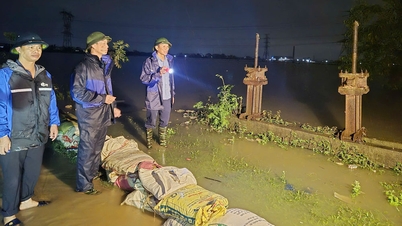

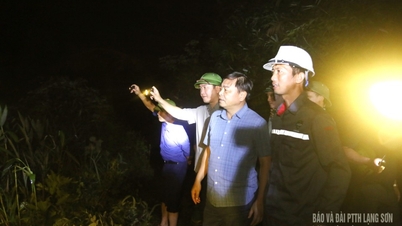











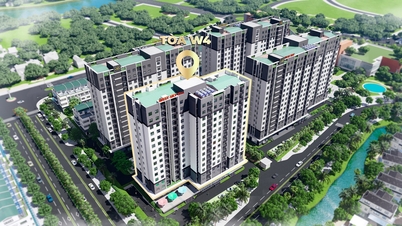

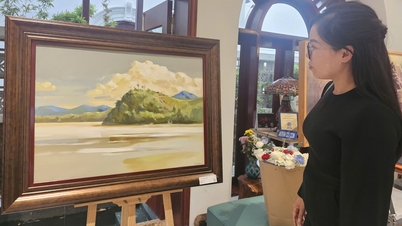


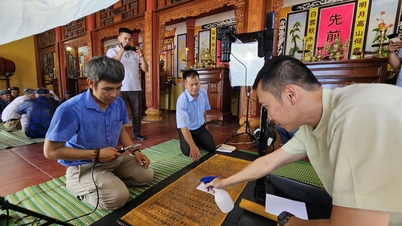

![[Photo] Super harvest moon shines brightly on Mid-Autumn Festival night around the world](https://vphoto.vietnam.vn/thumb/1200x675/vietnam/resource/IMAGE/2025/10/07/1759816565798_1759814567021-jpg.webp)















































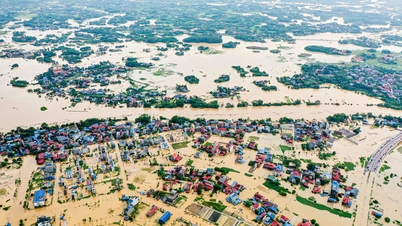
















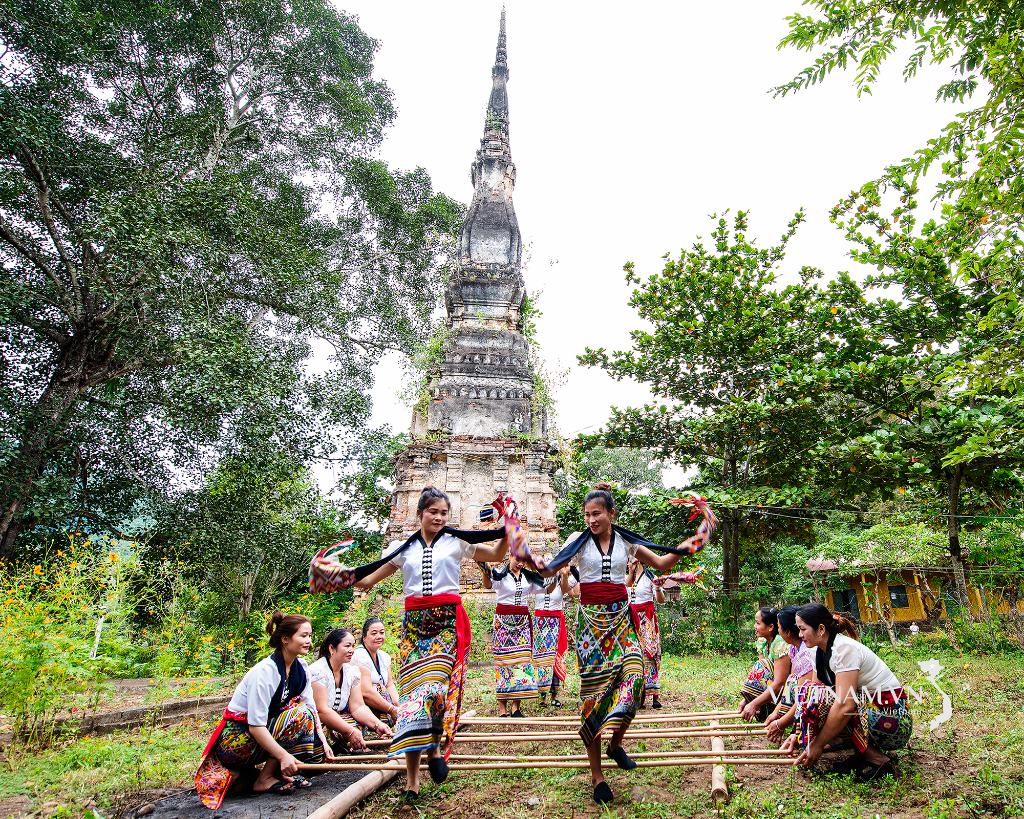



Comment (0)